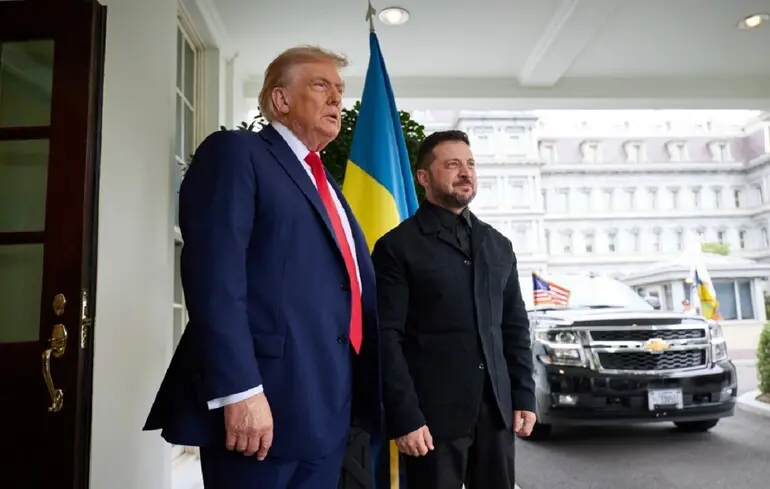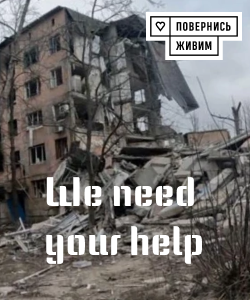Reset in Diplomatic Relations: What Is Really Behind Trump and Zelensky’s Meeting at the White House?

Monday, August 18, marked a significant turning point in Ukrainian-American relations, as high-level diplomatic talks took place in Washington that could potentially reshape the direction of cooperation between Kyiv and Washington.
The meeting between Ukrainian President Volodymyr Zelensky and his American counterpart Donald Trump, along with discussions with prominent European leaders, garnered extensive media coverage and sparked numerous debates among analysts and political experts.
The key takeaway was Trump’s expressed willingness to provide Ukraine with security guarantees, signaling a new chapter not only in bilateral relations but also in the broader transatlantic partnership.
However, within the U.S.
political arena, questions remain about the specifics: how concrete and actionable these guarantees will be, their impact on Trump’s domestic politics, and whether they could deepen internal divisions among his supporters.
Meanwhile, diplomatic efforts continue toward the possibility of a direct meeting between Zelensky and Vladimir Putin, with reports indicating that such a summit may occur within the next two weeks, as German Chancellor Friedrich Merz suggested.
Trump plans to join this initiative and participate in trilateral talks aimed at ending the ongoing conflict.
Privately, insiders reveal that the Washington and Alaska meetings marked a step forward in the re-establishment of a more cordial relationship between Trump and Zelensky—less tense and more cooperative than their previous encounters, including the disastrous one in February.
This diplomatic activity signals a potential new phase in how the U.S.
and Europe can apply pressure and seek ceasefire solutions, but many questions remain about the scope and implementation of security guarantees, their potential implications for global politics, and internal U.S.
political considerations.
Several experts warn that such initiatives may provoke conflicts within the American political establishment, especially regarding commitments of U.S.
military support in Ukraine.
The issue of how far the U.S.
is willing to go in providing military or security guarantees could become a major point of contention.
Additionally, some officials suggest that this issue might lead to internal clashes over the role of U.S.
troops in peacekeeping efforts.
Overall, these diplomatic developments could open new opportunities but also pose challenges that require careful navigation to avoid internal splits and ensure effective support for Ukraine.

